 First it was the manatees in southwestern Florida. A red tide is killing them. Then manatees started dying on Florida’s east coast too, although there the cause is a mystery.
First it was the manatees in southwestern Florida. A red tide is killing them. Then manatees started dying on Florida’s east coast too, although there the cause is a mystery.
An article in the Tampa Bay Times says that the manatees’ bellies are full of algae, and since manatees usually munch on sea grass, that may be the problem. With the sea grass killed off by previous toxic algae events, perhaps the manatees are eating algae, which is not giving them the nutrition they need.
Read the Tampa Bay Times article here.
Mother Jones also covered the manatee insanity, here.
The Florida Today report includes video.
And it’s not just manatees that are dropping dead in Florida. According to Florida Today, over 100 pelicans have been found dead in Brevard County in the past two months.
“The pelicans are emaciated and have heavy parasite counts, and, to our knowledge, other bird species have not been affected,” said Dan Wolf, a Florida Fish and Wildlife Conservation Commission researcher in a commission press release.
Read the Florida Today pelican article,here.
Read the FWC press release, here.
Photo: courtesy Florida Fish and Wildlife Conservation Commission

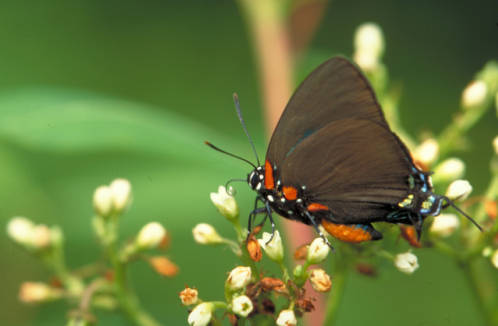
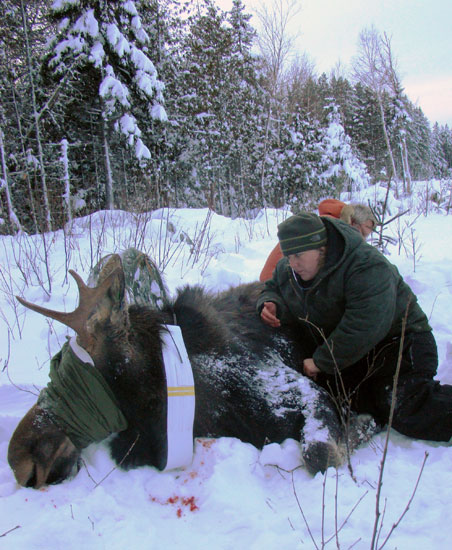
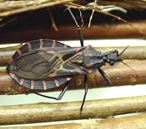 Chagas disease, spread by kissing bugs or reduviid bugs is a scourge in South America, has the potential to cause heart failure. The symptoms can be chronic and go on for years.
Chagas disease, spread by kissing bugs or reduviid bugs is a scourge in South America, has the potential to cause heart failure. The symptoms can be chronic and go on for years.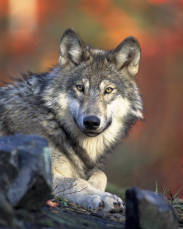
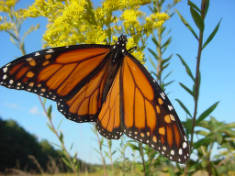 The Washington Post reports
The Washington Post reports 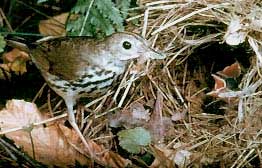 The recent issue of
The recent issue of 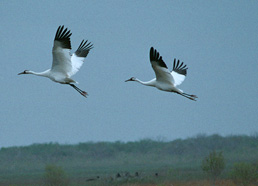
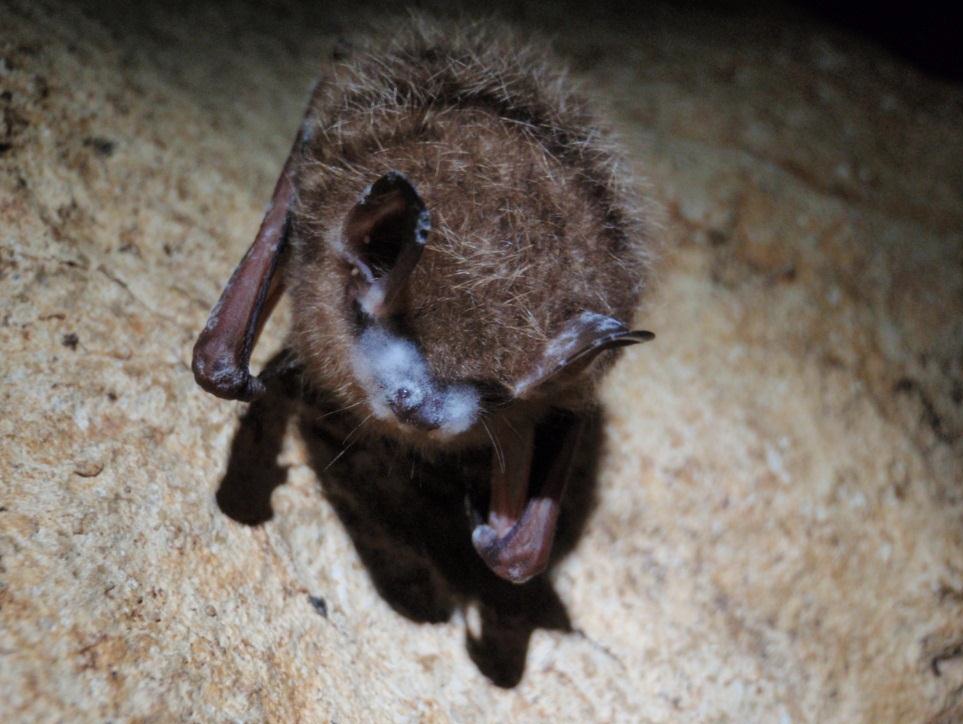 According to a
According to a